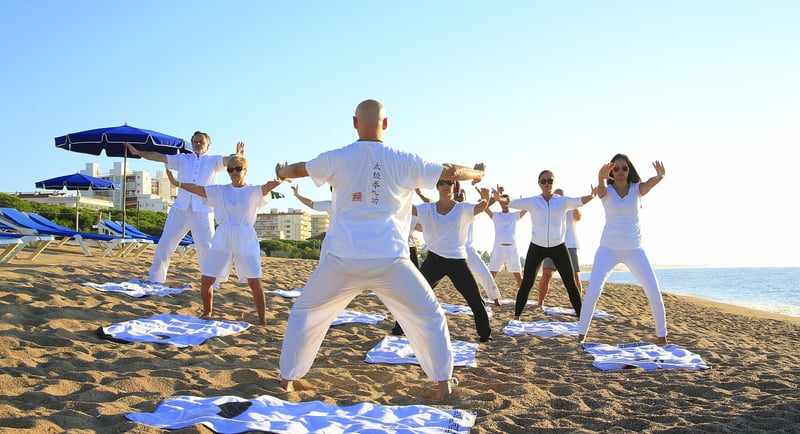Body-Mind Integration
Heal and Empower Through Dance + Body-Mind Integration
Dance is not just a physical activity; it is a powerful tool that can heal and empower individuals through body-mind integration. By combining movement with mindful awareness, dance offers a holistic approach to well-being that nurtures both the body and the mind.
The Healing Power of Dance
Dance has the ability to heal emotional wounds, reduce stress, and increase overall happiness. When we dance, our bodies release endorphins, which are feel-good hormones that elevate our mood and reduce pain. Additionally, the rhythmic movements in dance can help release tension and promote relaxation.
Benefits of Body-Mind Integration
Body-mind integration is the practice of connecting the body and mind to promote self-awareness and healing. Through dance, individuals can cultivate a deeper connection with their bodies, become more present in the moment, and improve their overall well-being.
How to Incorporate Dance + Body-Mind Integration
There are various ways to incorporate dance and body-mind integration into your daily routine:
- Attend dance classes that focus on mindfulness and expression.
- Practice free-form dance at home to connect with your body and emotions.
- Explore somatic practices such as yoga or tai chi to enhance body awareness.
- Engage in guided meditation before or after dancing to center your mind.
Embracing the Journey
Embarking on a journey of healing and empowerment through dance and body-mind integration requires openness and self-compassion. Allow yourself to explore movement, express emotions, and connect with your inner self without judgment.
Discover the transformative power of dance and body-mind integration today to nurture your holistic well-being and unlock your true potential.

Join the movement and experience the transformative effects of dance + body-mind integration on your well-being.
References: Psychology Today
